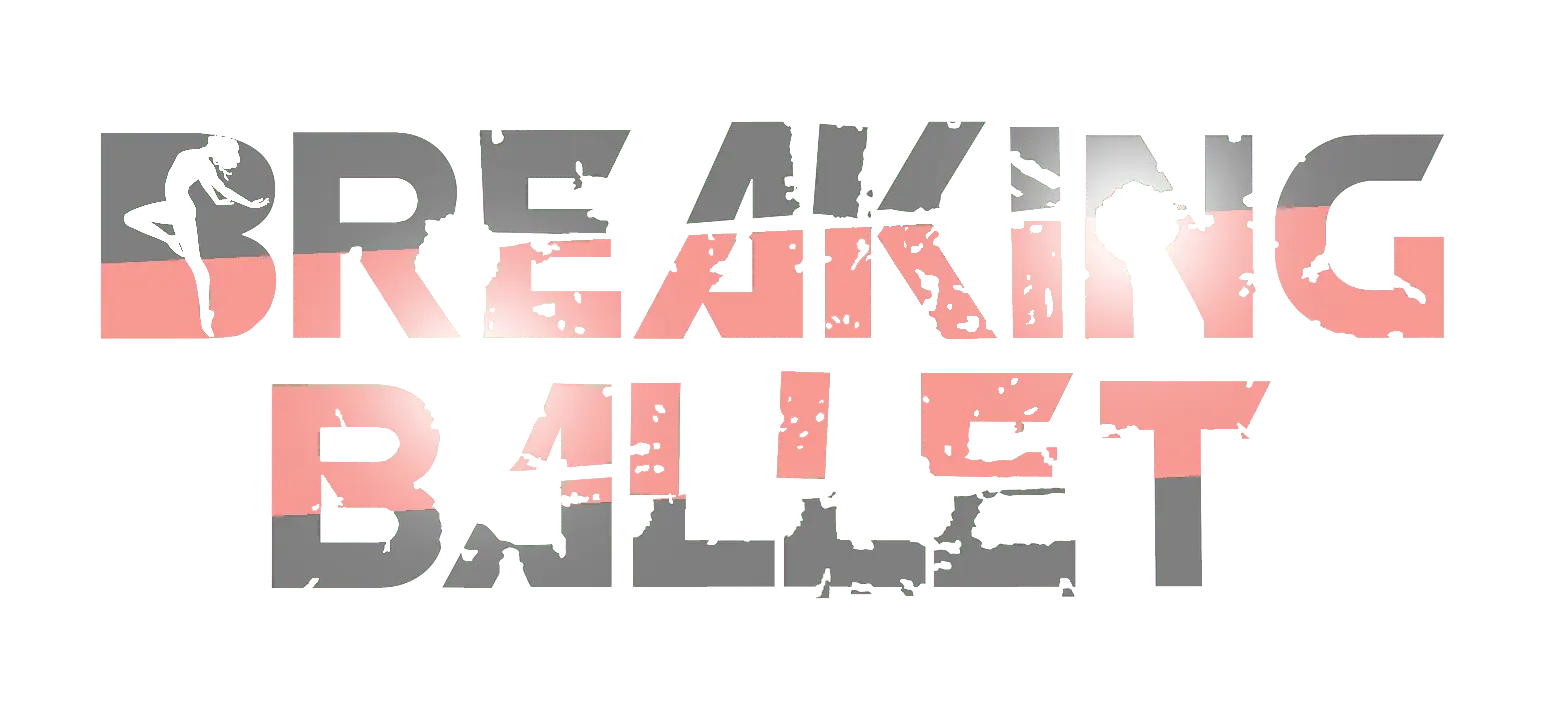How do I improve my flexibility?
I get asked all the time how to increase flexibility, particularly from women with tight hamstrings. If you were bendy in your 20s but can’t touch your toes in your 40s, this is frustrating. If you couldn’t touch your toes in your 20s, that doesn’t mean you can’t achieve it in your 40s and beyond.
As we age, we do start to get stiffer. Everything starts to tighten up a little bit and that’s because of the aging process. We can start to get tight in the hamstrings (muscles in the back of the thighs), in the quads (muscles in the front of the thighs) and experience lower back ache, discomfort in your glutes (your bottom) and tension in your neck and shoulders. This tightness in turn affects our posture, which further exacerbates the situation.
So how do we gain, or maintain, flexibility as we age?
Stretching to alleviate this tightness is important but it is not the only thing we need to consider.
There are 3 concepts of flexibility training that I teach in my classes and inside my BBackstage membership.
Mind over body
It’s not as simple as stretching your muscles to the point of tension and hoping that if you keep doing that, then you will become more and more flexible. That’s part of it but we need to involve our mind in the process.
The mind is an incredibly powerful tool and if you have been telling yourself (sometimes since childhood) that you are stiff and not at all flexible, that is not going to help. You need to place that negative internal dialogue to one side. Instead, you need to engage your mind, connect with your body and work to focus on increasing your range of movement, trusting in the process that you will progress. Unless you have a physical condition that restricts your movement in some way, you CAN become more flexible with consistent effort.
Fascial tension
Throughout the body our various muscle groups are connected by fascia, a thin connective tissue that surrounds and holds every organ, blood vessel, bone, nerve fibre and muscle in place.
If you’ve ever prepared raw chicken you will see there’s a translucent film over the chicken. That’s the fascia and we have it in our bodies. This connects all our muscle groups. So if you have tight shoulders, it will have a direct impact on your hamstrings. So while some hamstring stretches will help to increase your range of movement, you need to also be releasing tension in your shoulders to assist the process.
Equally, if you have tension in your hamstrings, this can pull on your lower back, causing lower back discomfort. Everything is connected. So it’s not just a case of simply getting into a particular stretch and hoping if you keep doing it, something is going to change. There are many amazing sports/massage therapists out there that can help you to release fascial tension through the body but there are also exercises that you can do at home to help with this too.
Neural mobility
The third concept in flexibility training relates to the nerves in the body. Imagine you have a string (nerve) that is running from your neck all the way down to your heels. If you are lying on your back on the floor with your legs straight, that string is straight. If you want to raise your leg in the air, the string has to lengthen in order for the leg to move. So if there is any tension in the body it will grip hold of that string preventing it from sliding and lengthening through the body.
Releasing tension in the muscles is important to allow the nerves to slide freely as you stretch. If you have ever suffered with sciatica, you will know how uncomfortable it is for the nerves to be pinched.
These 3 concepts are important to take into consideration as you embark on any flexibility programme, especially as we age and the body starts to naturally tighten up. If you get this right, your posture improves, your aches and pains disappear, you remain injury free and better able to strengthen your body with this increased range of movement.
Sarah is the founder of Breaking Ballet, a unique online ballet fitness programme for busy women.
THE BBACKSTAGE MEMBERSHIP//
If you want to take your health and fitness to the next level with a wide variety of short ballet-inspired workouts, easy to follow weekly workout calendars and THE most supportive community of like-minded women online, check out the BBackstage membership here http://bit.ly/BBackstagepass
BBackstage is our online ballet workouts membership that includes monthly/weekly workout calendars, a variety of workouts to choose from, healthy recipes and meal plans, guest experts, mindset tools and relaxation techniques, weekly Q&A with Sarah, weekly Exercise Pods, a supportive loving community, and more.
REBOOT YOUR BODY //
Join the 21 Day Body Reboot programme here to hit the re-set button and venture into a whole new world of balance, grace, confidence and powerful elegance
https://breakingballet.com/body-re-boot/
JOIN US //
Join our free weekly newsletter here to help you change your relationship with exercise for optimal health and fitness in your 30s and beyond.
https://breakingballet.com/#newsletter
COMMUNITY //
Join my free Facebook community for busy women looking to improve their health and fitness in a sustainable way https://www.facebook.com/groups/Balletfitnesslifestylehub/
SAY HI ON SOCIAL //
FACEBOOK: https://www.facebook.com/BreakingBallet/
INSTAGRAM: https://www.instagram.com/breakingballet/
YOUTUBE: http://www.youtube.com/c/BreakingBallet







